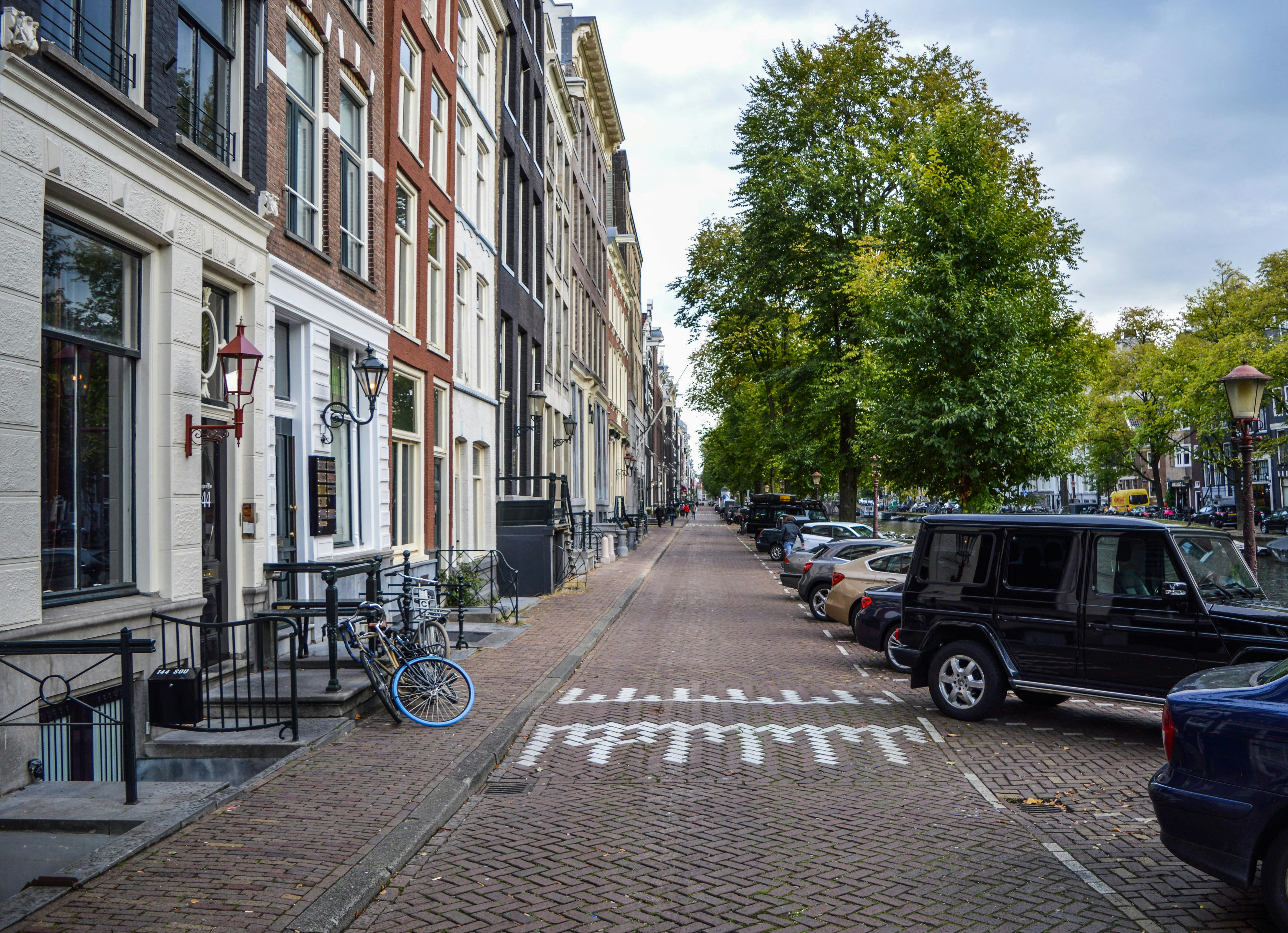The serious danger that asbestos represents worldwide was recognized in 2006 by the World Health Organization (WHO), as well as by the International Labor Organization (ILO). An ILO resolution from 2006 resolved to optimize global efforts for the total elimination of asbestos use in the future, as a measure to guarantee the health and safety of workers.
Ideally, asbestos-containing materials (ACM) should not be a cause for alarm as long as they haven’t been broken or disturbed. When the materials do not show visible signs of deterioration, they should be left intact. When broken or damaged, it is recommended that you hire removal professionals for safe removal and handling.
When does asbestos pose a risk?
However, it should be noted that asbestos only becomes a significant hazard when it is disturbed in a way that causes asbestos fibers to become airborne. Airborne fibers are the ones that pose a threat when inhaled.
Asbestos carries a number of health risks during the removal, packing, moving, and disposal stages. Experts strongly recommend that asbestos material removal be performed only by certified removal experts.
Asbestos Removal Tips
Asbestos fibers in the air are a hazardous material that poses a great danger to anyone who inhales them into their lungs. If you suspect or think that the materials you have in place pose a hazard and need to be removed, experts recommend that you do the job with the utmost care or, failing that, let the professionals handle the matter.
At least during the process, be sure to pay attention to the following:
– Restrict the number of people entering the work area. Take steps to make sure you don’t carry some of the dangerous stuff back home with your work shoes.
– It is vital that the person performing the removal wears a recommended respirator. You should only wear disposable coveralls during the moving company in accordance with Workplace Health and Safety (WHS) regulations.
– The workplace must be moistened before starting the work and must continue to do so as the work progresses. This reduces the chances of the fibers becoming airborne.
– Minimize the chances of materials breaking so fibers don’t become airborne. When, for example, you remove it from the ceiling, do not drop things, but lower them carefully to avoid breakage. Lay out appropriate drop cloths that will safely catch any falling asbestos debris.
– All removed asbestos should be placed in airtight bags for safe disposal at a recommended site.
– After finishing the work, be sure to wash the body parts well and use the tools. All items used in cleaning should be discarded and not kept for reuse.
The Australian Asbestos Eradication and Safety Agency (AASEA) is a credible point of reference on all matters relating to the removal of Asbestos Containing Materials (ACM). The AASEA is the national focal point on all matters related to asbestos.
The Agency aims to ensure that asbestos-related issues continue to receive the necessary attention and national focus. AASEA’s mandate goes beyond increased workplace safety to include broader environmental and public health concerns.




